Ice Cream Fundraiser
April 25th, 2024
Ice Cream Fundraiser - April 29th from 12 PM to 10 PM. Join us at Handel's Homemade Ice Cream in Orem, 1405 S State St., for our latest PTA fundraiser. Be sure to mention that you are there for...

As part of the 4th-grade Utah Core Social Studies Standards, our students have created topographical maps of Utah as they learn about the physical geography of the state.


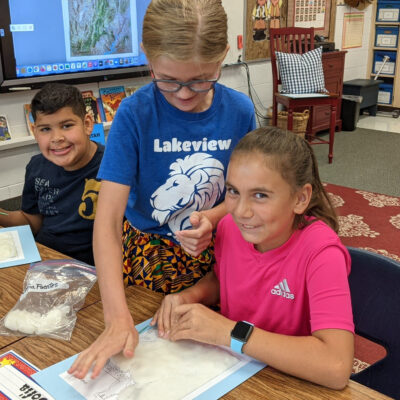
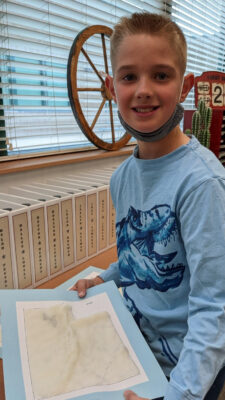
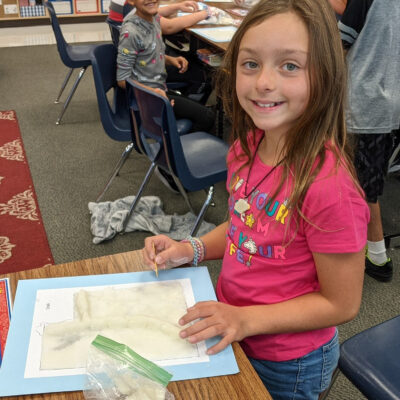
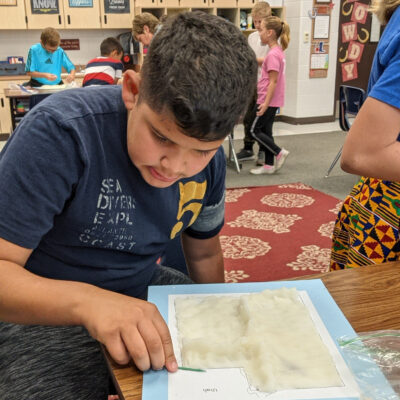






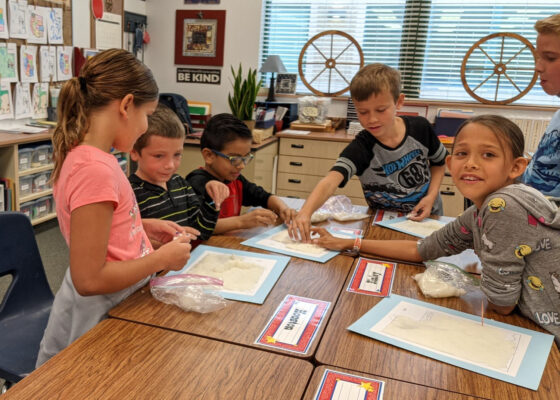
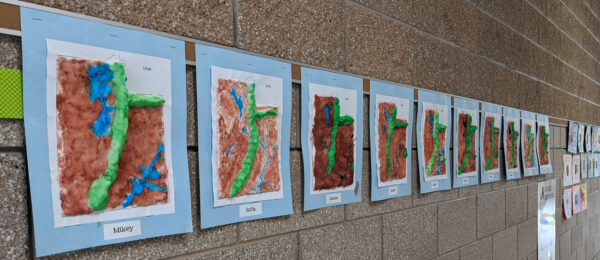
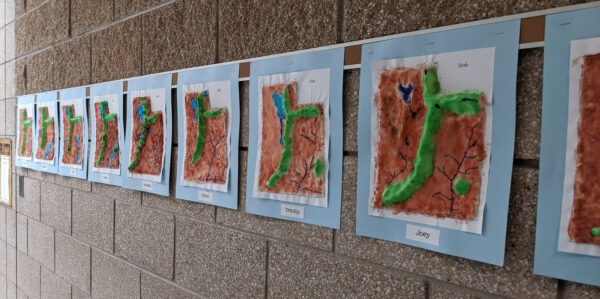
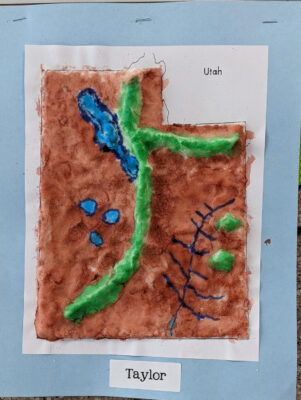
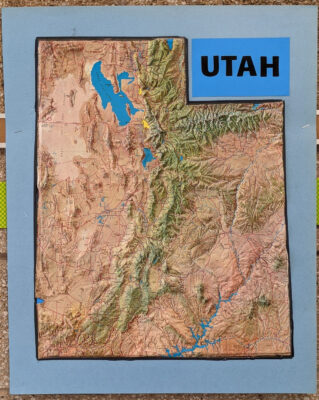
Utah’s physical geography has a direct impact on the cultures of the various peoples who have inhabited it throughout time. By learning about the physical geography of Utah and how it has changed over time, students will be able to understand the interrelationships between the physical geography of Utah and human cultural development. Standard 1 Students will understand the relationship between the physical geography in Utah and human life.
Objective 1 Classify major physical geographic attributes of Utah.
Identify Utah’s latitude, longitude, hemisphere, climate, natural resources, landforms, and regions using a variety of geographic tools.
Examine the forces at work in creating the physical geography of Utah (e.g. erosion, seismic activity, climate change).
Objective 2 Analyze how physical geography affects human life in Utah.
Identify population concentrations in the state and infer causal relationships between population and physical geography.
Classify the distribution and use of natural resources.
Compare the development of industry and business in Utah as it relates to its physical geography (e.g. mining, oil, agriculture, tourism).
Make inferences about the relationships between the physical geography of Utah and the state’s communication and transportation systems (e.g. trails, roads, telegraph, rail lines).
Examine the interactions between physical geography and public health and safety (e.g. inversions, earthquakes, flooding, fire).
Explain how archaeology informs about the past (e.g. artifacts, ruins, excavations).
Objective 3 Analyze how human actions modify the physical environment.
Describe how and why humans have changed the physical environment of Utah to meet their needs (e.g. reservoirs, irrigation, climate, transportation systems, and cities).
Explain viewpoints regarding environmental issues (e.g. species protection, land use, pollution controls, mass transit, water rights, trust lands).
Outline the development of recreation in Utah since 1900 (e.g. sports, tourism, state, and national parks).
d. Make data-supported predictions about the future needs of Utahns and the natural resources that will be necessary to meet those needs.
Social Studies language students should know and use: natural resources, landforms, regions, erosion, seismic activity, tourism, communication, transportation, archaeology, artifacts, excavations
Ice Cream Fundraiser - April 29th from 12 PM to 10 PM. Join us at Handel's Homemade Ice Cream in Orem, 1405 S State St., for our latest PTA fundraiser. Be sure to mention that you are there for...
The Lakeview music department put on a delightful spring concert last week. We're very proud of these amazing students and their dedication to honing their musical talents. We want to thank their...
Summer Palmer is a paraprofessional at Lakeview Elementary--a place where it's hard to stand out. And yet, even in a community where exceeding expectations is the norm, Summer shines brightly. She...